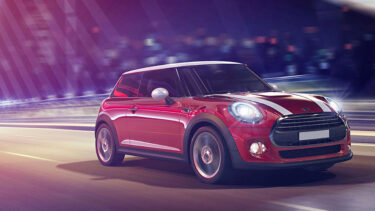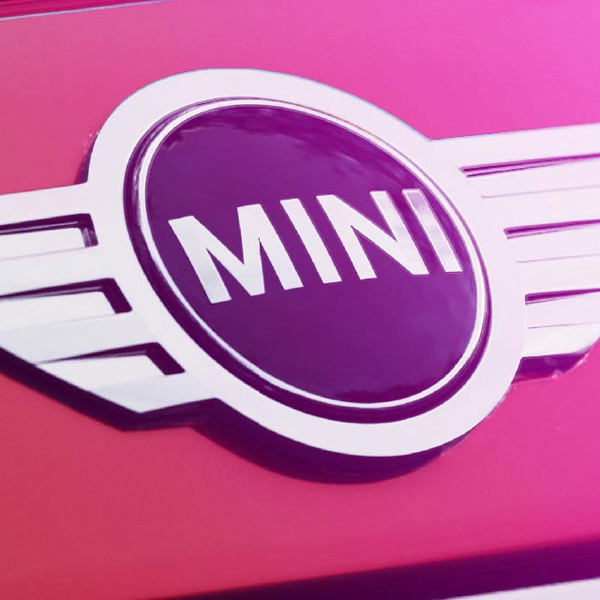
Mini
The little luxury icon that defined a new car category

The little luxury icon that defined a new car category
In a world where bigger tends to mean better, customers knew one truth about cars: small meant affordable, large meant luxurious. This meant, as symbols of status and achievement, big cars were more desirable.
BMW wanted to create exponential growth. To hit its targets, it needed to create a new segment to attract a new kind of customer to an entirely new kind of product. It needed to break all the rules.
The new MINI breathed life into the British 60s icon – taking it from a little rebel to a sporty player and made small cars desirable and cool.
By sizing a whole new category – the small car, premium segment – we helped MINI make an iconic move, delivering exceptional financial results.
The clarity and consistency of the brand sits in its own class. Dealerships look like miniature metropolis. Showrooms and trade shows feel like meeting your friends at an exclusive night club. Communications have the wry sense of humor of a fellow reveler.
In the year after launch, MINI sold over 160,000 units, surpassing its original target by 80%. In 2017 they broke a post-2001 record by selling over 370,000 units. 15 years later, the brand is as relevant and fresh as its debut, with a loyal customer base they’ve kept and grown. Manufacturers followed suit to create compact luxury cars of their own. But, MINI was first. MINI is the little car that grew into a big brand.


“In those days [2001] there was no premium small car, and the Mini was arguably the first premium car with high differentiation […] We were probably one of the first brands with dry wit in our advertising. The product was different, the brand positioning was very different, and the car was a huge success.”
Chris Brownridge, UK Director, Mini




